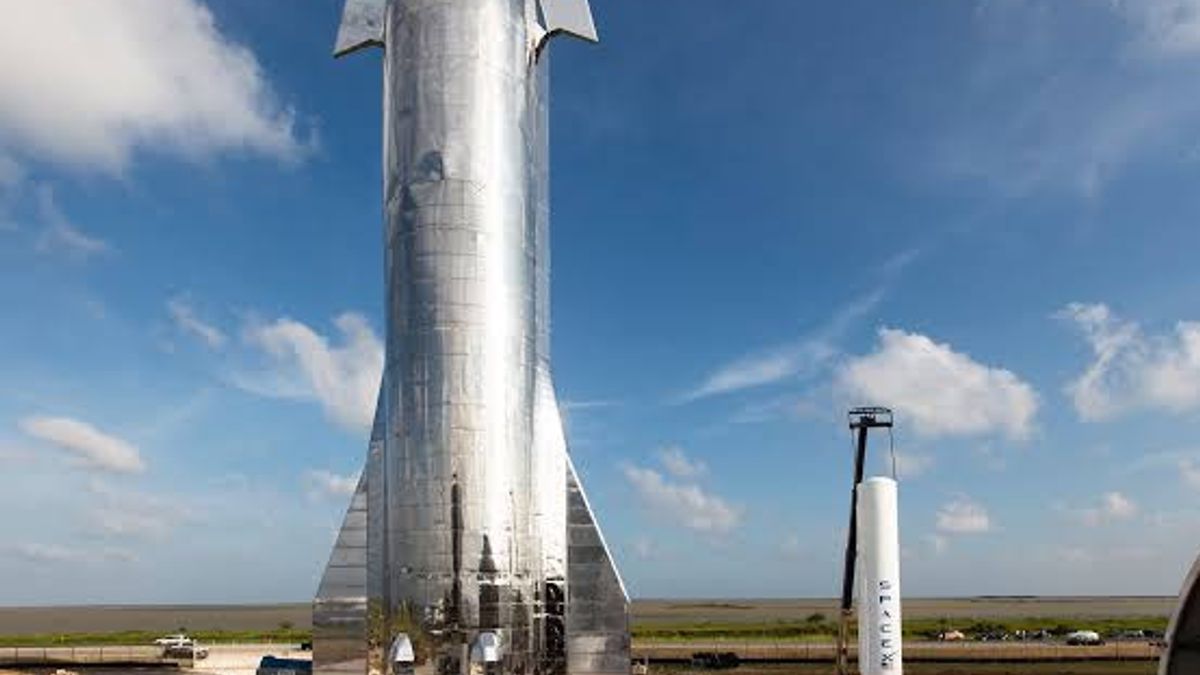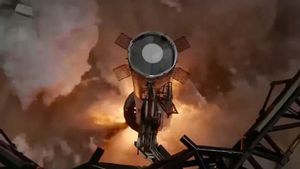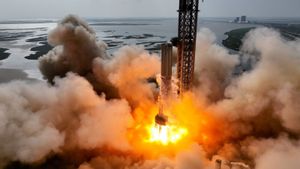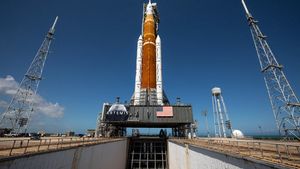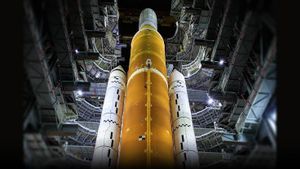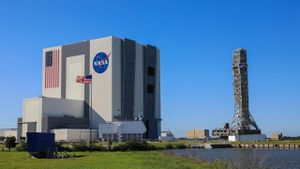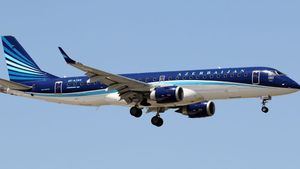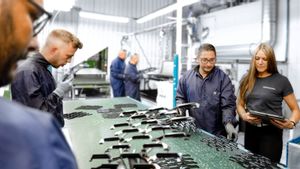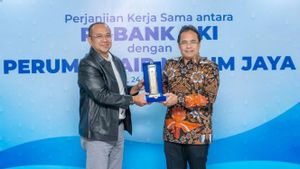JAKARTA - The American Federal Aviation Agency (FAA) has closed its investigation into the accidents experienced by SpaceX's Starship and Super Heavy megarockets. It is known that Starship and Super Heavy managed to take off for the first time on April 20 at 8:33 CT from the orbit launch pad in Starbase in Texas.The spaceplanet then rose to a maximum altitude of 24 miles above the Gulf of Mexico. Not long ago, the vehicle experienced a fire due to a propellant leak at the back end of the Super Heavy booster, which eventually cut off connections with the vehicle's main flight computer. This led to a loss of communication to most of the booster engine and, ultimately, vehicle control. In fact, SpaceX's failure has also drawn strong criticism from environmental activists. According to reports of the US Fisheries and Wildlife Service, the failed launch resulted in a pile of 385 hectares of debris which resulted in a concrete chunk being thrown more than 2,600 feet off the launch pad, a 3.5 hectare forest fire, a cloud of smoke, and a concrete that deposited material up to 6.5 nautical miles of the runway location. The FAA completed the investigation, not signaling the resumption of the Starship launch. The company owned by billionaire Elon Musk, had to undergo 63 correcting measures to prevent an accident recurrence.FAA describes, corrective actions include the design of vehicle hardware to prevent leakage and fire, as well as the redesigning pad to increase its robustness. "SpaceX must implement all improvement actions that impact on public safety and submit as well as receive license modifications from the FAA that fulfill all the safety requirements, environment, and other regulations that apply before the launch of the next Starship," FAA said in its statement, quoted Saturday, September 9. Included, the inclusion of additional reviews in the design process, analysis and safety important components including the Autonomous Aviation Safety System, as well as the application of the practice of changing control. FAA ResponseSpaceX Responds Responding this, SpaceX in its official release explains as an additional corrective action, they have expanded the already existing fire prevention system in Super Heavy for future engine space fire mitigation. The Otonom Aviation Safety System (AFSS) has also re-augurated the re
VOIR éGALEMENT:
SpaceX also made significant improvements to the system of seating and orbital launch pads to prevent a repeat of the runway failures observed during the first flight test. This increase includes significant strengthening of the pading foundation and additional fire deflector.
The English, Chinese, Japanese, Arabic, and French versions are automatically generated by the AI. So there may still be inaccuracies in translating, please always see Indonesian as our main language. (system supported by DigitalSiber.id)
